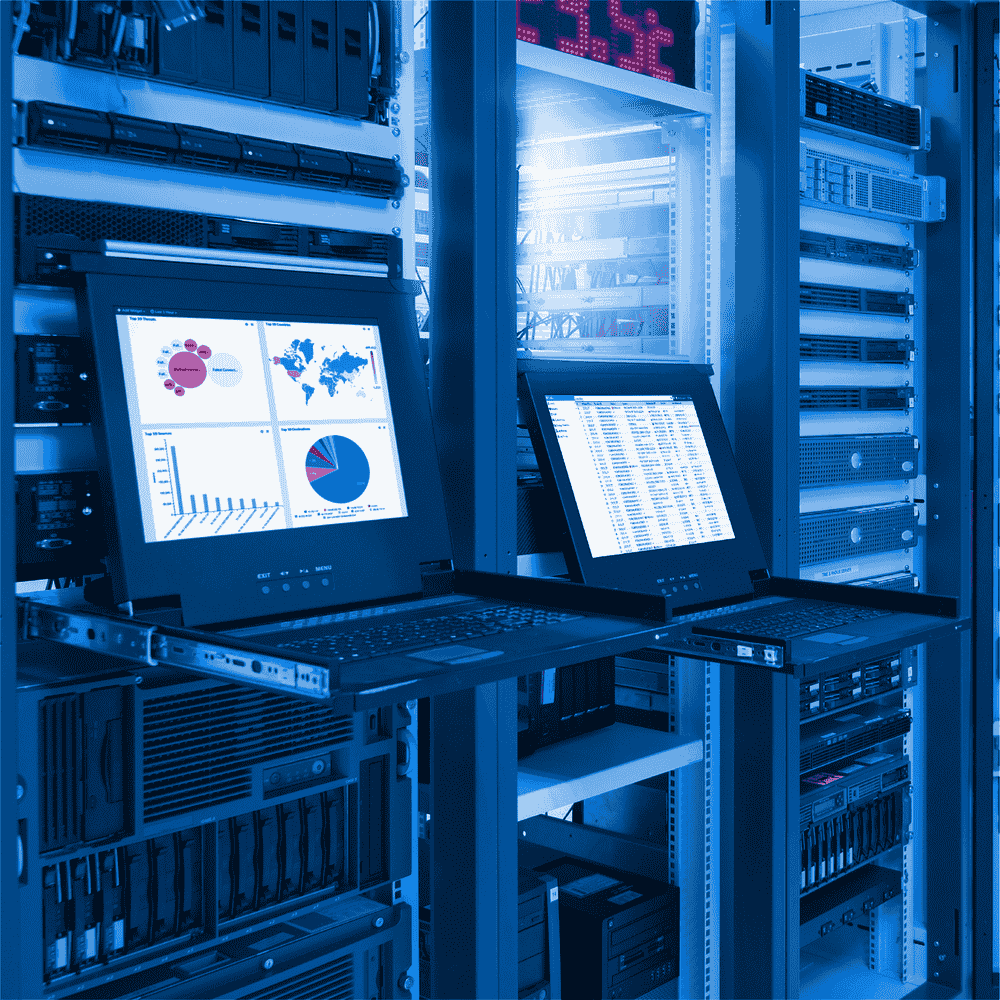Structure of Data Centers: The Heart of the Digital World
As the foundation of modern digital ecosystems, data centers play a crucial role in managing, processing, and storing vast amounts of data. From cloud computing and AI to IoT and 5G networks, data centers power the digital economy, ensuring seamless connectivity, security, and performance.
The physical infrastructure of a data center is meticulously designed to accommodate servers, storage units, and network devices, while maintaining high-security standards and optimal environmental conditions.
Below, we explore the key components of a data center’s physical infrastructure and how they contribute to efficiency, security, and sustainability.
Server rooms are dedicated spaces housing servers and related equipment, organized in high-density racks and cabinets. They are considered the core of the data center.
Power distribution units (PDUs) supply the electrical energy needed for the uninterrupted operation of the data center. They ensure high reliability and optimize energy efficiency.
Cooling systems are essential to prevent overheating of servers and other equipment, ensuring the data center operates efficiently and without interruptions.
The network infrastructure facilitates fast, secure, and reliable data transfer within the data center. This infrastructure includes various devices and components:
- Routers and switches direct data efficiently, optimizing network traffic and regulating data flow.
- Firewall and security systems protect against external threats, safeguarding the data center from cyberattacks.
- Load balancers distribute traffic evenly, optimizing server performance and ensuring seamless operations.
Storage systems securely and efficiently store large volumes of data, optimized for backup and instant access:
- Disk storage units, including hard disks and SSDs, provide fast, reliable data storage.
- Backup solutions facilitate regular data backups, minimizing data loss risks and ensuring business continuity.
- Data archiving solutions enable long-term storage of infrequently accessed data, ensuring secure archiving.
Management and monitoring systems are crucial for efficient data center operations:
- Data Center Infrastructure Management (DCIM) software oversees and manages the entire infrastructure, enabling integrated control of all components.
- Monitoring systems track the performance and health of hardware and software, identifying anomalies to prevent failures.
- Automation solutions streamline repetitive tasks, enhancing operational efficiency and reducing human error.
Security measures encompass both physical and cyber protection. Physical security involves building safeguards, biometric access controls, and surveillance cameras, while cyber security employs firewalls, DDoS protection, and antivirus software to defend against cyber threats.






